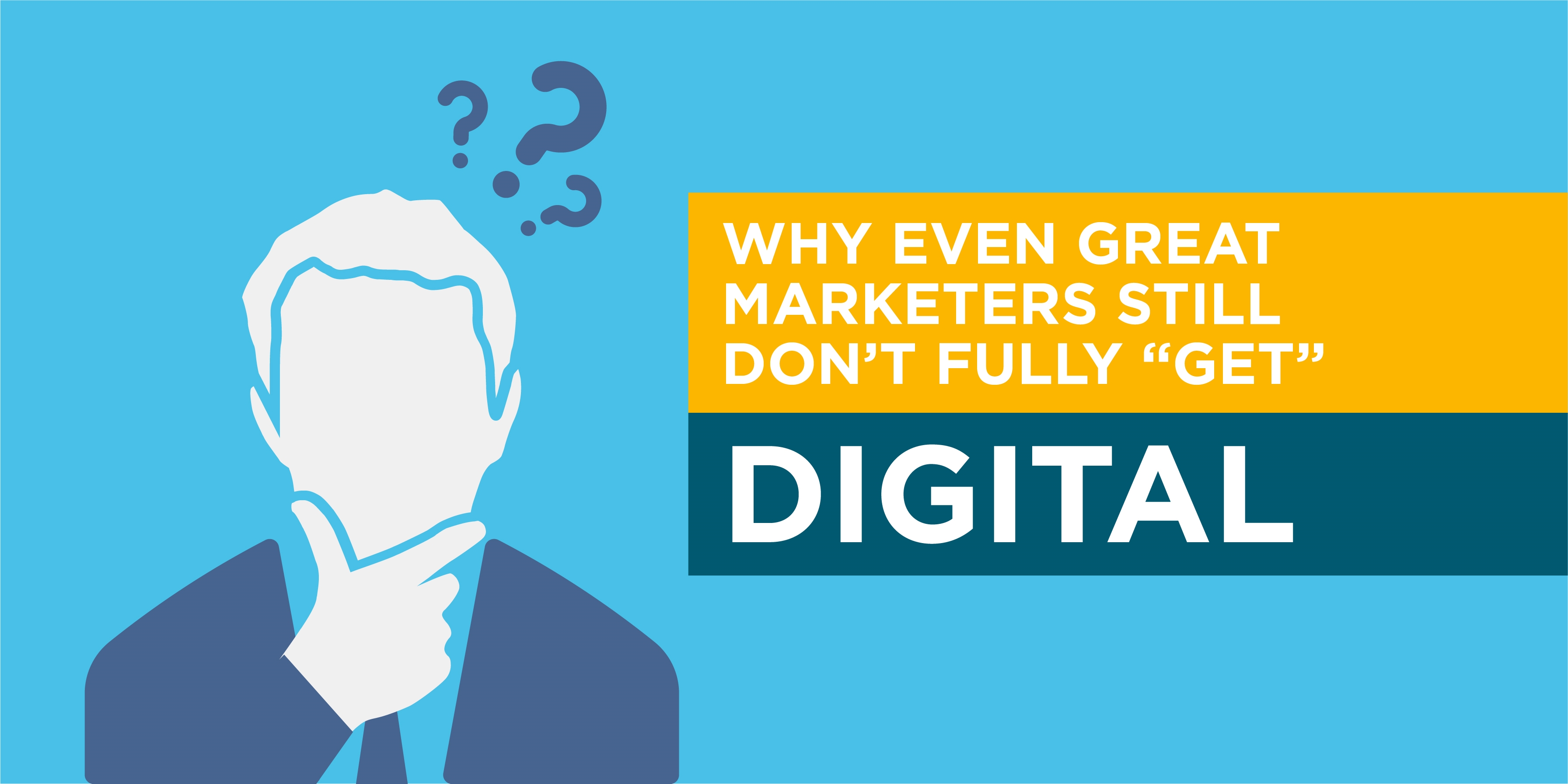Despite the ubiquity of digital and mobile in marketing today — from Under Armour’s “I Will What I Want” campaign to Let’s Go Hollywood themed ads — many marketing professionals don’t truly understand the digital world, don’t believe in its reach, and, critically, don’t understand how to craft targeted digital marketing campaigns that drive business results.
Here are my top five thoughts on the digital understanding gap — and how marketers can better understand (and leverage!) digital.
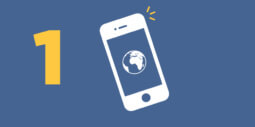
1. Digital is ubiquitous
What do you do when you hear of an interesting product or service when you’re on the go? If you are one of the 77% who are always within arm’s reach of their mobile, you may well grab your phone and do some research.
eMarketer forecasts 2.56 billion smartphone users by 2018, up a whopping 10.8 % from 2016. The continued evolution of smartphones and their global distribution means that digital, and more particularly mobile, will be critical to the success of existing and new products and services well into the future.
Ironically, the ubiquity of digital is one of the biggest obstacles to understanding it. Smartphones and social media are easy to use in daily life, so the assumption is they are easy to use in marketing — and quick to execute. The sooner marketers learn that digital campaigns are just as complex (often more so) and need just as much planning as traditional campaigns, the sooner we will see digital marketing optimization.
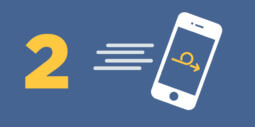
2. Digital is inherently nimble
Anyone who witnessed the Spring 2017 Pepsi debacle can speak to how much brands stand to lose when big TV ads flop — but it’s the smaller adjustments that can be made to digital campaigns that I think are the most exciting. Tools like Google Analytics and Adobe Analytics offer digital marketing professionals a relatively cost-effective way to swiftly recalibrate campaigns, making the most efficient use of almost-always limited marketing spend.
In addition, the ability to integrate different toolsets, all working together to effectively manage, track and report on digital efforts reduces the amount of human effort required for tasks, which means lower costs.
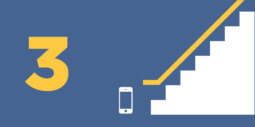
3. Digital encourages you to start small (but not think small)
Unlike a big TV ad spot, digital campaigns start small — ideally as small as your smartphone screen. As a result, marketers often don’t understand the complexity of what goes into a good digital experience.
To be fair, there is a LOT to know — Search Engine Optimisation, SEM, Analytics, UX, CX, CMS, CRM, QA, UAT and a few other acronyms that mean you need to be an expert in digital. And few subject matter experts can do more than one thing, simply because there is so much to know. This ubiquity mentioned above seems to have caused an inversion in logic. Clients and agency leads don’t believe the experts and can’t understand costs — why does it take all these people (who earn a respectable amount of money for their expertise) to create something as simple to use as the Apple Pay app?
Investing in proper development is a great advantage to any digital campaign — and allows for measurement throughout the development and integration of that program. By investing in development experts, user experience and creative can be tested before a program is launched and expensive missteps can be avoided (Ahem! Pepsi).
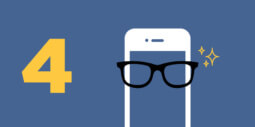
4. Segments and funnels don’t look like they used to (and there’s science to prove it!)
Good marketers understand the basics of segmentation, targets, personas, user journeys and funnels — but the consumer journey through digital is different. Digital marketing can sometimes be counterintuitive. In the digital world, it is even more important to include less information on calls-to-action and ask for fewer data informs — these small changes will lead to increased conversions.
Understanding the balance between giving information and getting something in return is something user experience architects have learned through academic study, practical experience and studying users on an ongoing basis.
Add to that “design thinking” — viewing a marketing need or challenge from a needs- and evidence-based decision-making perspective — coupled with very clear audience targeting metrics, and you can find solutions that meet the need of the business.
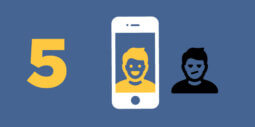
5. We know who your customers are — and who they aren’t
Developing accurate personas of who your assumed customers are and testing ideas and campaigns against real people online and in real-time can help you craft your message to exactly the right audience and, critically, deliver your message directly to your targets with unsurpassed exactness.
Better than any mass-market campaign, this allows marketers to cost-effectively deliver marketing payloads on target — and measure the results almost immediately.
Misses can be quickly course-corrected and remeasured.
As leaders in out-of-the-box thinking, digital specialists have spent the last 20 years honing their craft and are adept at embracing the constant change in technology and social trends.
Everyone is online and everyone has a smartphone — or at least the people we typically want to target with our campaigns, making our knowledge of our customers, their habits and activities easier than ever to market directly to.
Starting small is the way to go — smartphone ubiquity is a given — and smart marketing will start where 2.56 billion people will be in 2018.
Digital marketers understand the tools and methodologies, user experience needs and trends to maximize digital efforts and marketing dollars.
Marketers who are willing to listen to those who live and breathe digital stand to experience transformative results in their digital marketing efforts.
Simeon Olsberg is DAC’s Director of Development Studio. To learn more about how your business can increase its digital presence, please get in touch with DAC!
